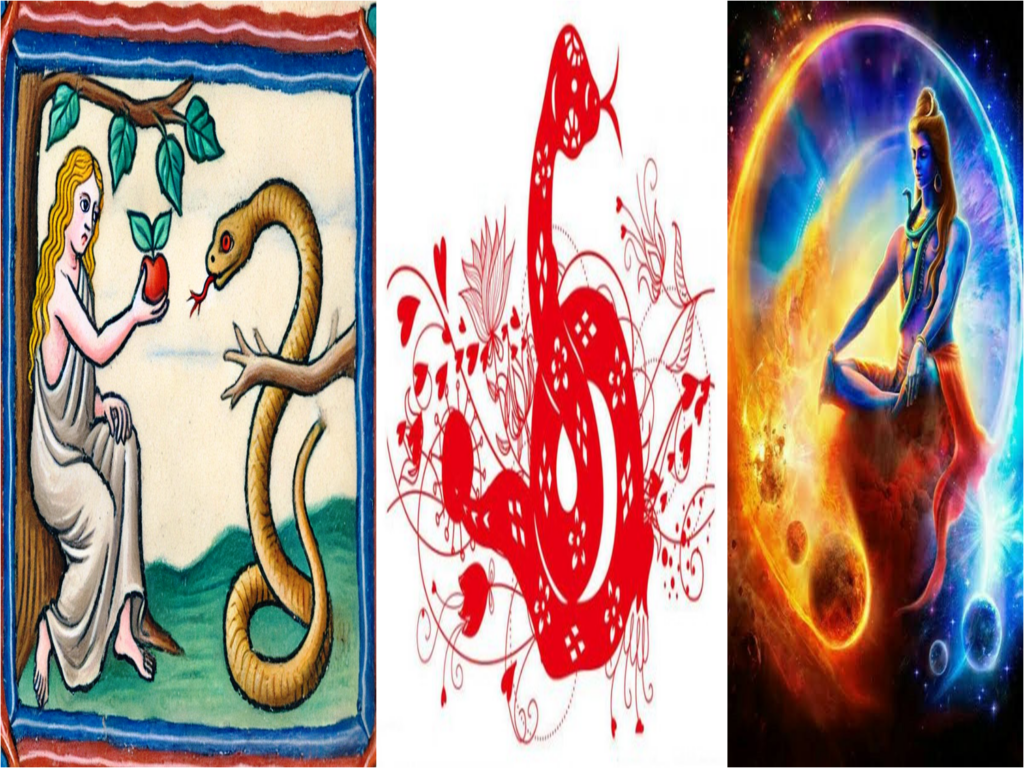
It was just recently that we ushered in 2025 and now we are welcoming the Chinese Lunar New Year. The festive air and pretty decorations at shopping malls and certain streets across the nation remind us of another important festival in our colourful Malaysian calendar.
Since it’s the Year of the Wooden Snake, let me delve into the subject of snakes. In traditional Chinese culture, snakes are believed to be spiritual animals that symbolise with gods with supernatural powers. They also stand for longevity and fortune as snakes are considered to be as longevous as turtles.
They are also called Little Dragons and the skins they shed are called Dragon Skin. In Chinese mythology, the snake also represents wisdom, knowledge, intelligence, intuition, and creativity.
For some, snakes are considered divine messengers and guardians of sacred places. Historically, serpents and snakes represent fertility or a creative life force.
As snakes shed their skin through sloughing, they are symbols of rebirth, transformation, immortality, and healing. For example, the ouroboros, a circular symbol that depicts a snake or dragon devouring its own tail, is used to represent the eternal cycle of destruction and rebirth and is associated with concepts of wholeness, eternity, and the cycle of birth and death.
During the era of gladiators in ancient Greece or in Indigenous North America, snakes symbolise fertility, rebirth, renewal, and even immortality.
On the other hand, ever since Eve’s transgression in the Garden of Eden, snakes have also been associated with lies, evil, and temptation. Despite that symbolism of evil and temptation to disobedience, the significance of snakes in medical symbols namely, the Caduceus and Rod of Asclepius, represent symbols of healing.
In Hinduism, it is believed that the snake around Lord Shiva’s neck represents the endless cycle of birth, death, and rebirth.
Some opine that the snake has three rounds around Lord Shiva’s neck where each round represents the past, present, and future. This indicates that he is beyond time and controls it. That’s why Lord Shiva is also known as Mahakaal (Great Time), the one who is above and beyond time.
Also, the snake is shown looking towards his right side where some believe that it signifies the Lord’s perpetual laws of reason and justice preserve natural order in the universe.
Some do believe that symbolically the snake represents ego. But when it’s controlled, it can be worn as an ornament like Lord Shiva does.
Symbolically snakes stand for all the passion and desires. By wearing the snake around his neck, Lord Shiva conveys to all his devotees that he has overcome all his desires. Also, he is in full control of Maya (Illusion).
Snakes are meant to be dangerous reptiles and are feared by many of us. Lord Shiva shows us that he controls fear and death by wearing a snake as an ornament. Snakes could be a sign of good fortune.
Mythology aside, whether in your garden, inside the home, or out trekking, or even if you dreamt of meeting up with a snake, it might mean something or someone important is coming into your life.
Coming back to the present day, a yogi monk once advised me that if I were to see a snake going its path, never try to harm or kill or confront it. But if that snake makes a turn and tries to attack you, run or take a bamboo stick and kill it on the spot in self-defence!
Since snakes are revered for their ability to shed their skin to renew themselves, symbolising transformation and rebirth, are you prepared to shed your old skin as you move forward into the New Year? Keong Hee Huat Chye, folks! (That’s what we usually say in the Hokkien twang of northern Peninsular Malay